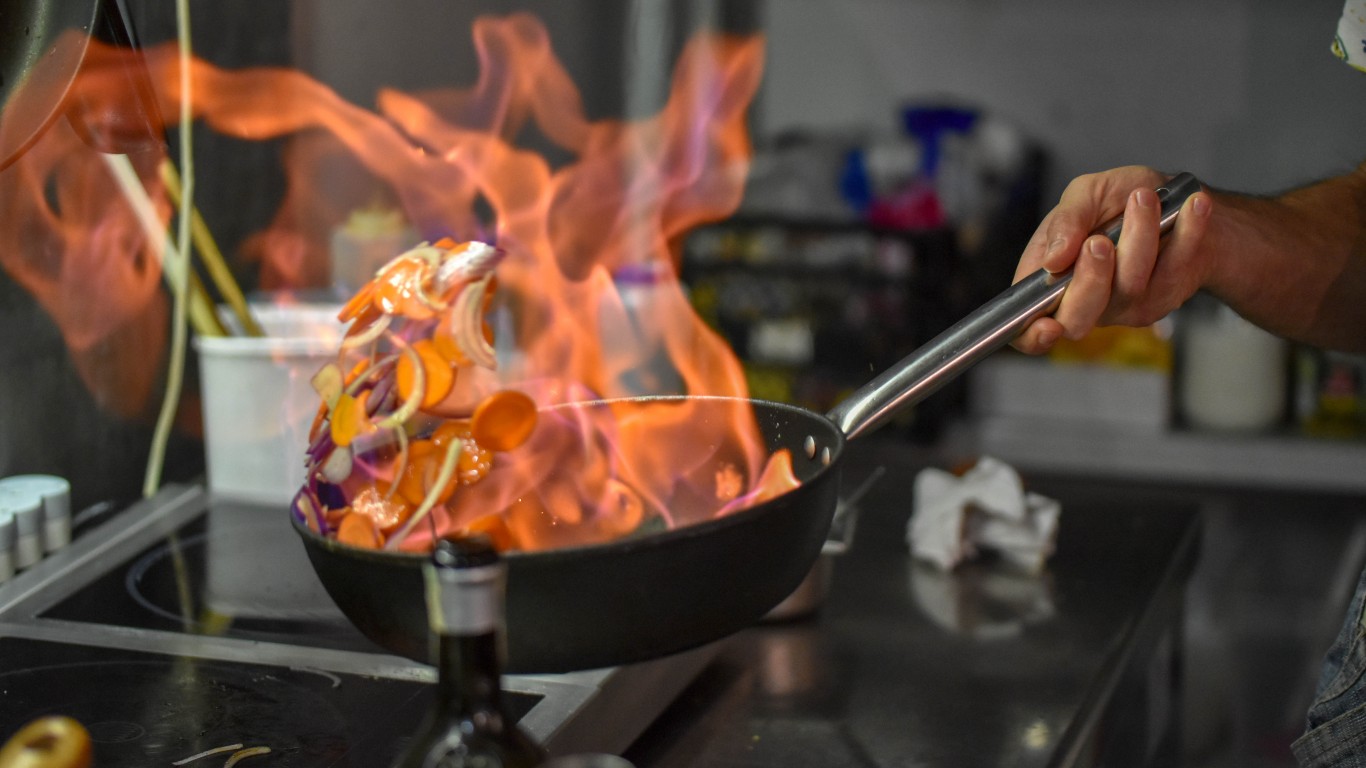
This post may contain links from our sponsors and affiliates, and Flywheel Publishing may receive
compensation for actions taken through them.
Restaurants — both chain operations and individual establishments — change all the time, evolving, modernizing, pivoting in response to the introduction of new culinary products or cooking techniques, improved technology, and of course changing consumer tastes. For once-popular menu items that are disappearing fast, see our list of retro restaurant dishes we might never see again.)
The food service landscape has been transformed particularly dramatically since early last year, of course, as the restaurant industry has had to deal with a multitude of changes and challenges brought on by the advent of COVID-19. Establishments introduced simplified menus, outdoor dining pods, new take-out and delivery, and more in their efforts to stay afloat. It didn’t always work, of course. These are the saddest restaurant closings of 2020.
Click here to learn 20 ways the pandemic has changed restaurants for good
Some of the changes benefit diners in obvious ways. It’s nice to be able to take home a cocktail or two when you pick up your to-go order, for instance, and if the snooty attitude some places project at the front door disappears, it’ll make the dining experience more enjoyable.
Other changes will be less welcome, maybe chief among them the fact that eating places are finding it harder, for a variety of reasons, to hire good cooks and servers. That means menu choices might be limited, and food will take longer getting to the table.
24/7 Tempo has assembled a list of 20 ways in which the pandemic and other recent influences have altered restaurants, quite possibly for good. The list is culled from a report called “Restaurant Industry 2030: Actionable Insights for the Future” prepared last year by the National Restaurant Association in partnership with American Express and Nestlé Professional, and from news stories and analyses in other food service trade publications, including Restaurant Business, QSR Magazine, and FSR Magazine, as well as from the New York Times.
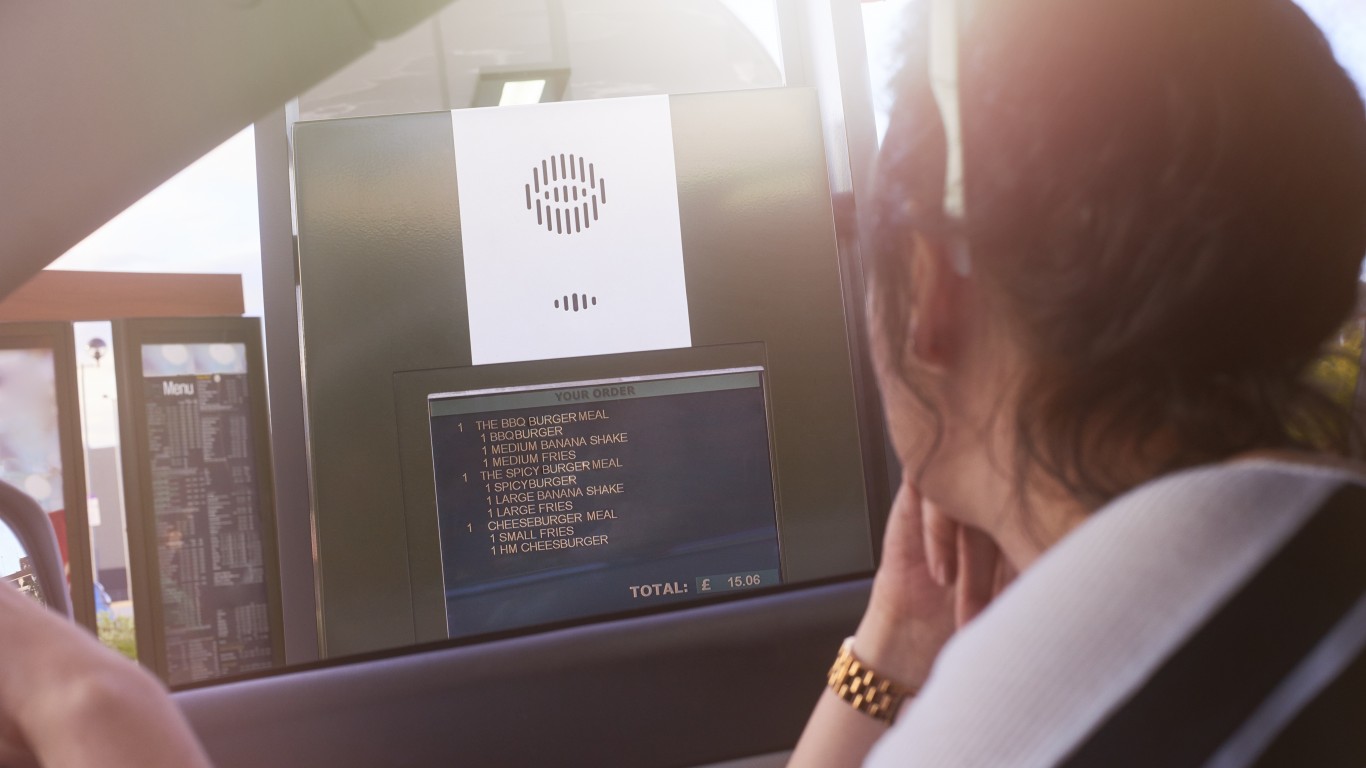
Drive-thrus will proliferate and get bigger and more efficient
To meet increased customer demand for food-to-go, chain restaurants will remodel their drive-thru operations (or build new ones) to encompass such features as dedicated lanes for delivery drivers, Y-shaped lanes (so two parties can order simultaneously before joining a single lane to get their food), and separate order-taking and payment-and-delivery stations.
[in-text-ad]
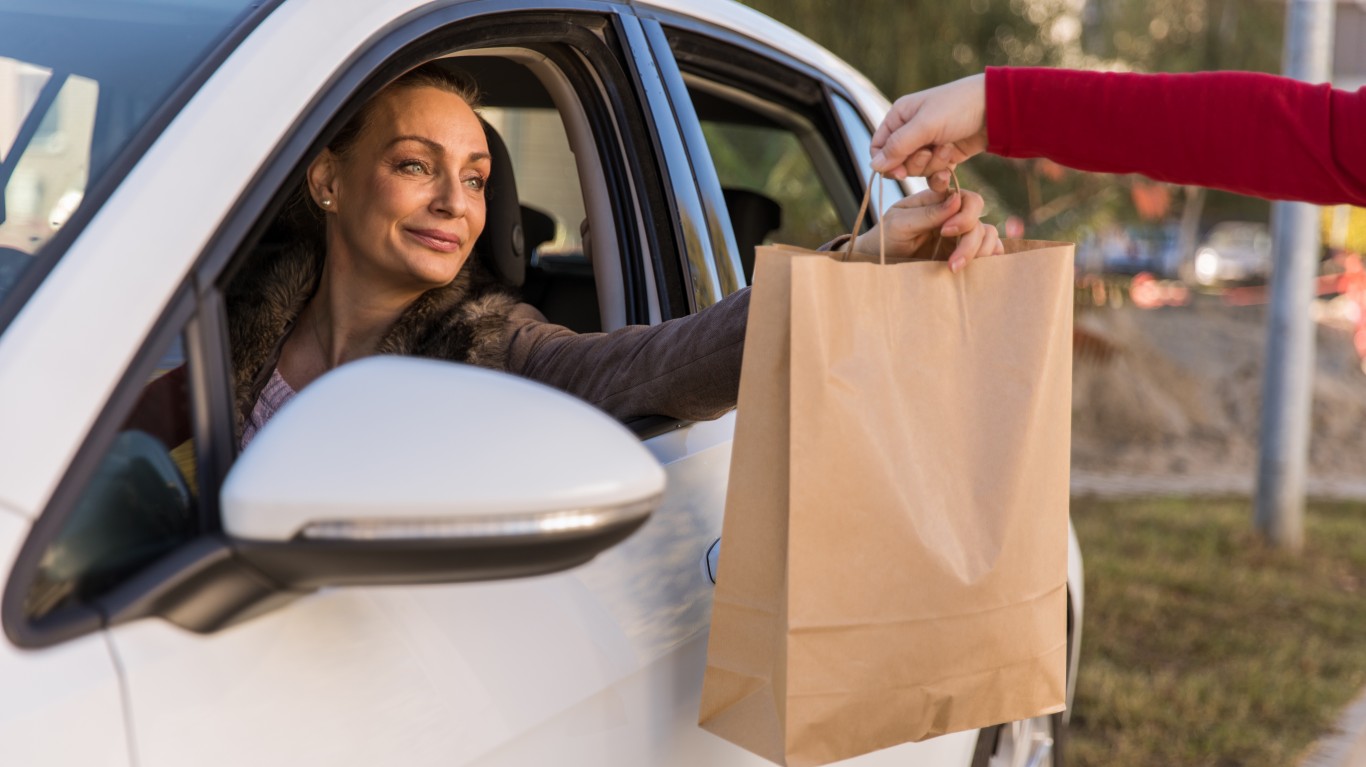
Some restaurants without drive-thrus will offer car service
Companies like Sweetgreen and Applebee’s, whose restaurants don’t have drive-thrus, will deliver food directly to customers who pull up outside instead of making them park and pick up their order at the door or inside.
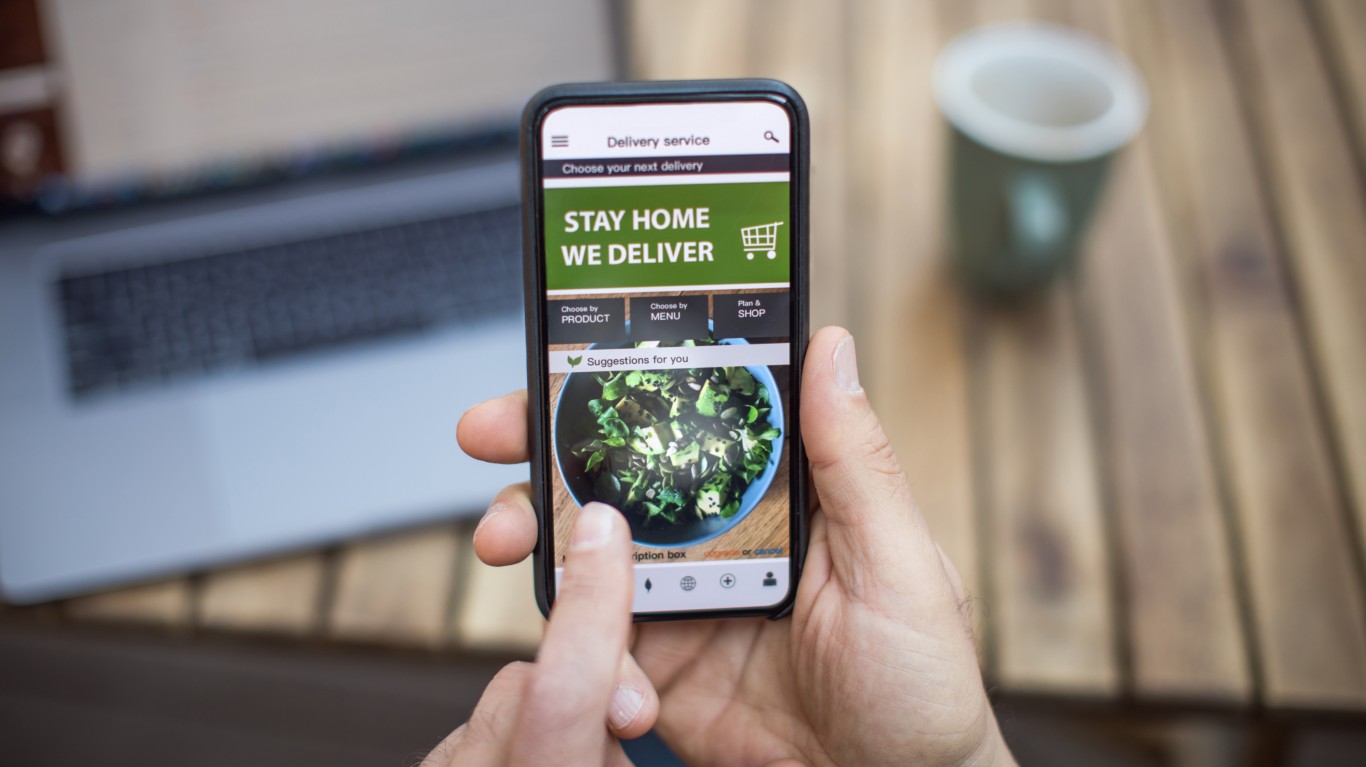
Restaurants will develop delivery-only menu items
During the pandemic, diners have become more and more accustomed to ordering in, and restaurants have learned how profitable home delivery can be, whether they do it themselves or use third-party services. Restaurants with more complex menus learned to produce simpler foods that would stand up better to transport around the city, and now some establishments are going in two directions at once: once again providing their more sophisticated dishes for in-restaurant patrons while offering more basic items available only to go.
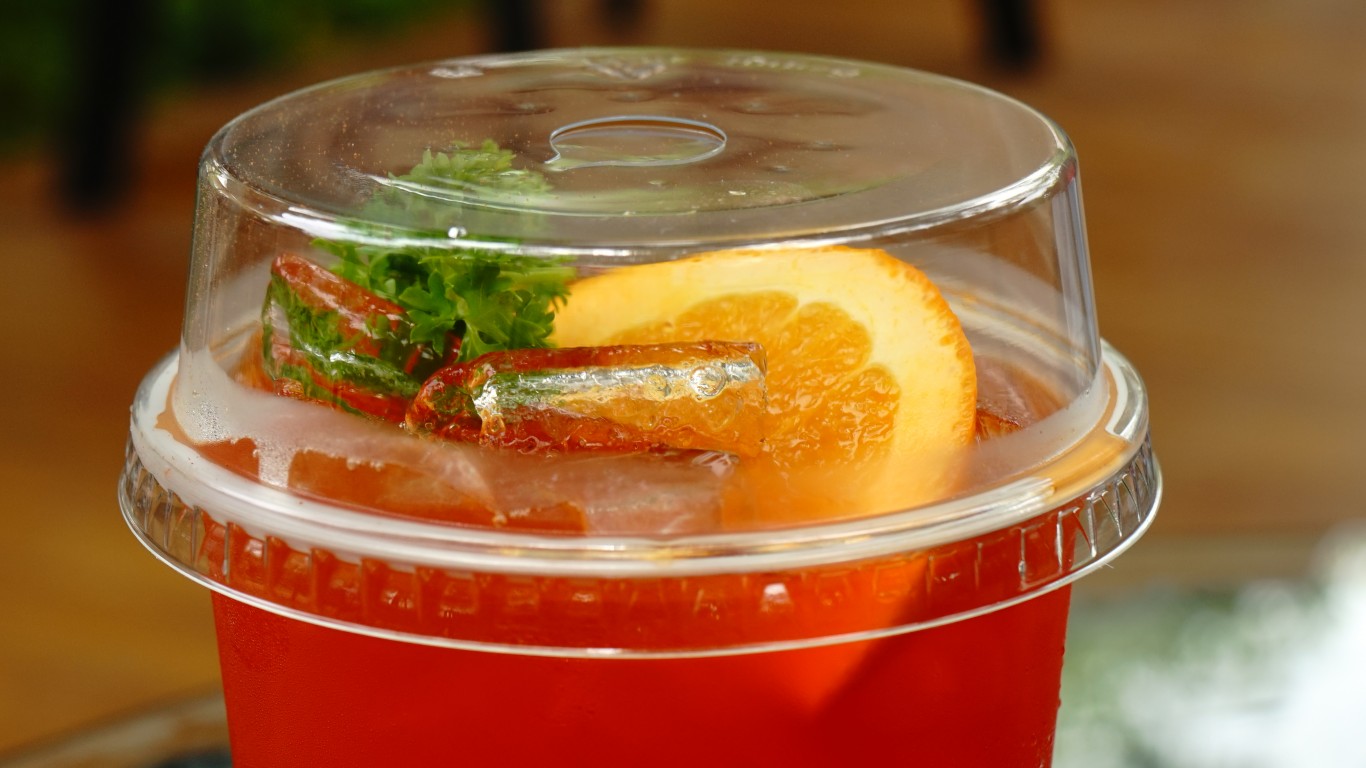
Take-out cocktails are probably here to stay
As the pandemic made it harder and harder for restaurants to meet their monthly expenses, much less turn a profit, a number of states and cities temporarily repealed prohibitions against selling wine and cocktails to go. While some places (like Pennsylvania) are now reverting to pre-pandemic rules, many have announced that they will continue to allow booze-to-go indefinitely.
[in-text-ad-2]
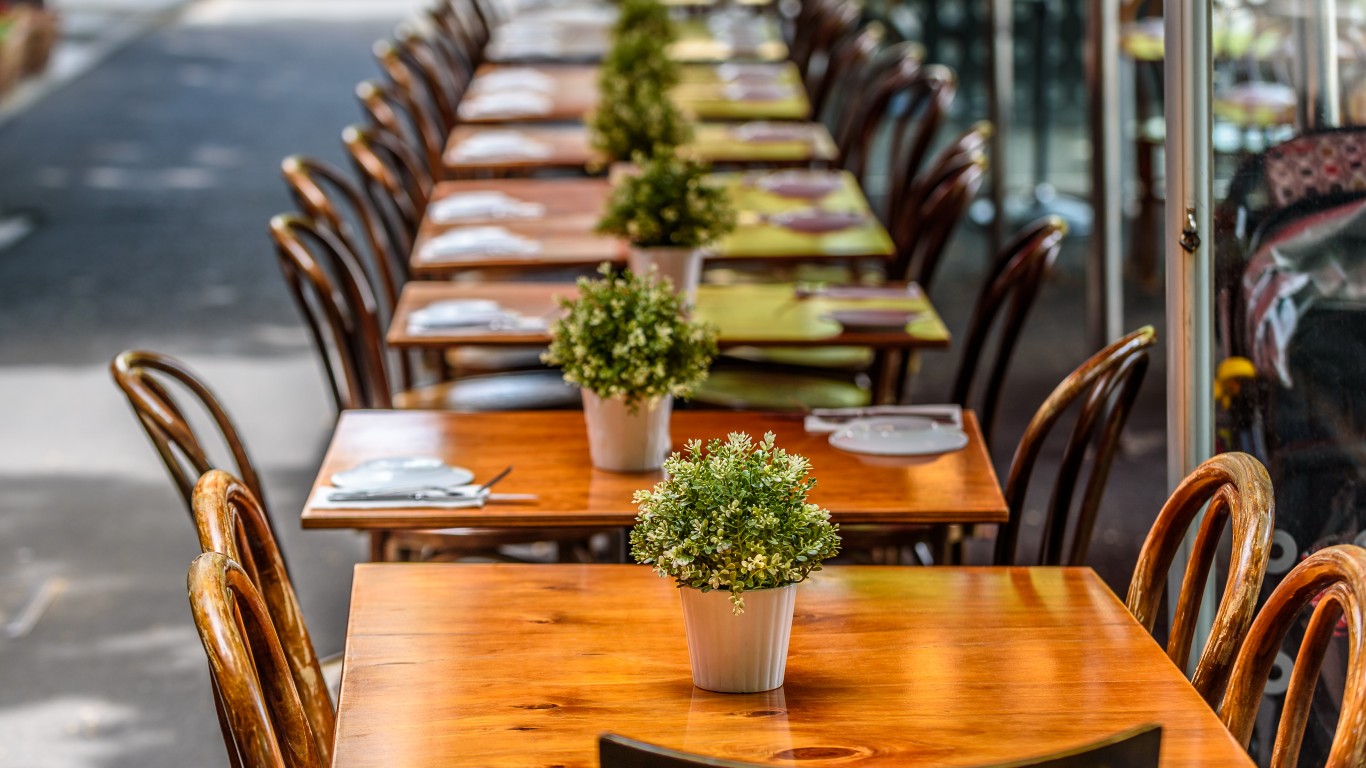
Outdoor dining will expand and be adapted for all-weather use
It turns out that diners enjoy sitting outside while they’re eating and drinking — if it’s not too cold or too hot, that is, and if the set-up is comfortable. What started out as just a few tables and chairs on the sidewalk or in an adjacent parking lot has evolved into permanent terrace or patio dining areas, as well as installations like dining pods and yurts. In municipalities that allow these outward expansions, they’re likely to become more prevalent — and more comfortable all year long.
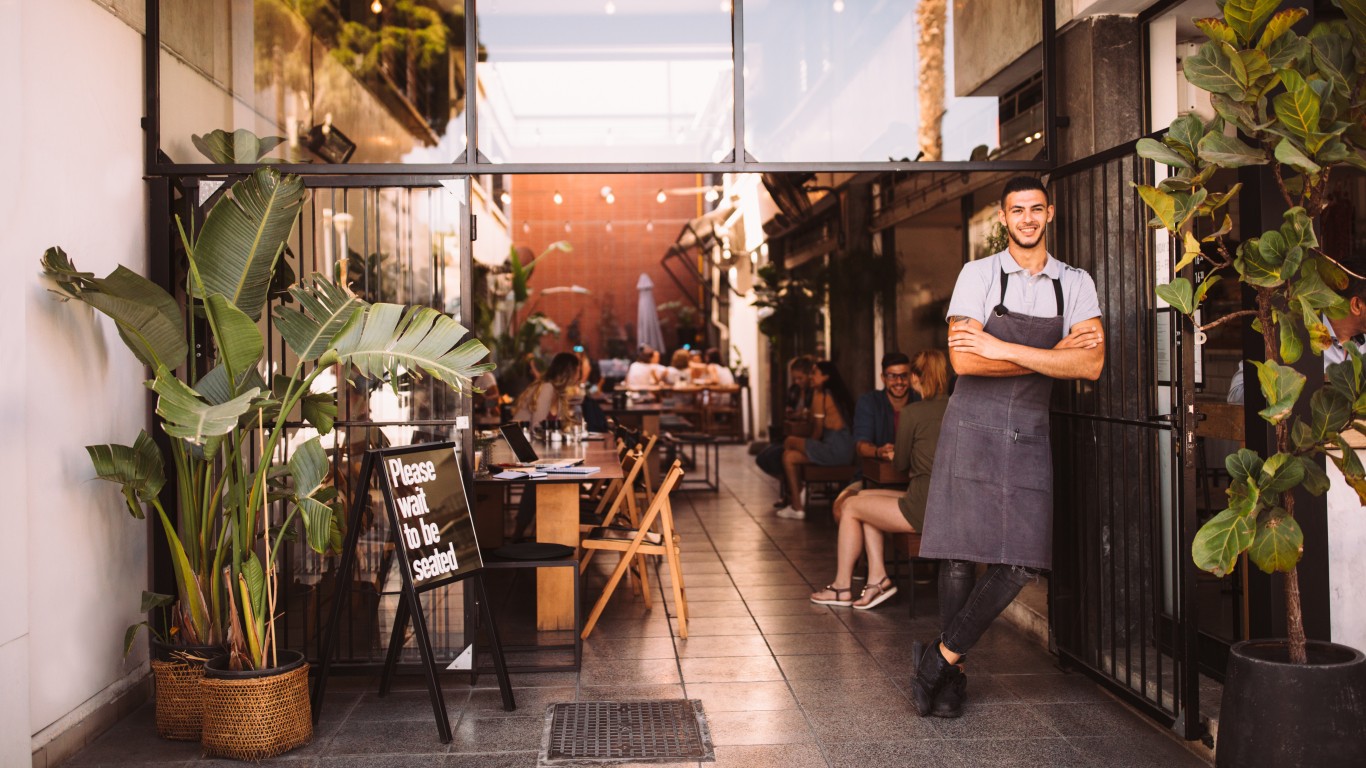
Indoor dining rooms will shrink in size
As a corollary to the increase in outdoor dining space, some restaurants will discover that they need fewer indoor tables, and will repurpose portions of their dining rooms to accommodate food delivery drivers and in some cases to expand the retail food markets they had set up during the height of the crisis.
[in-text-ad]
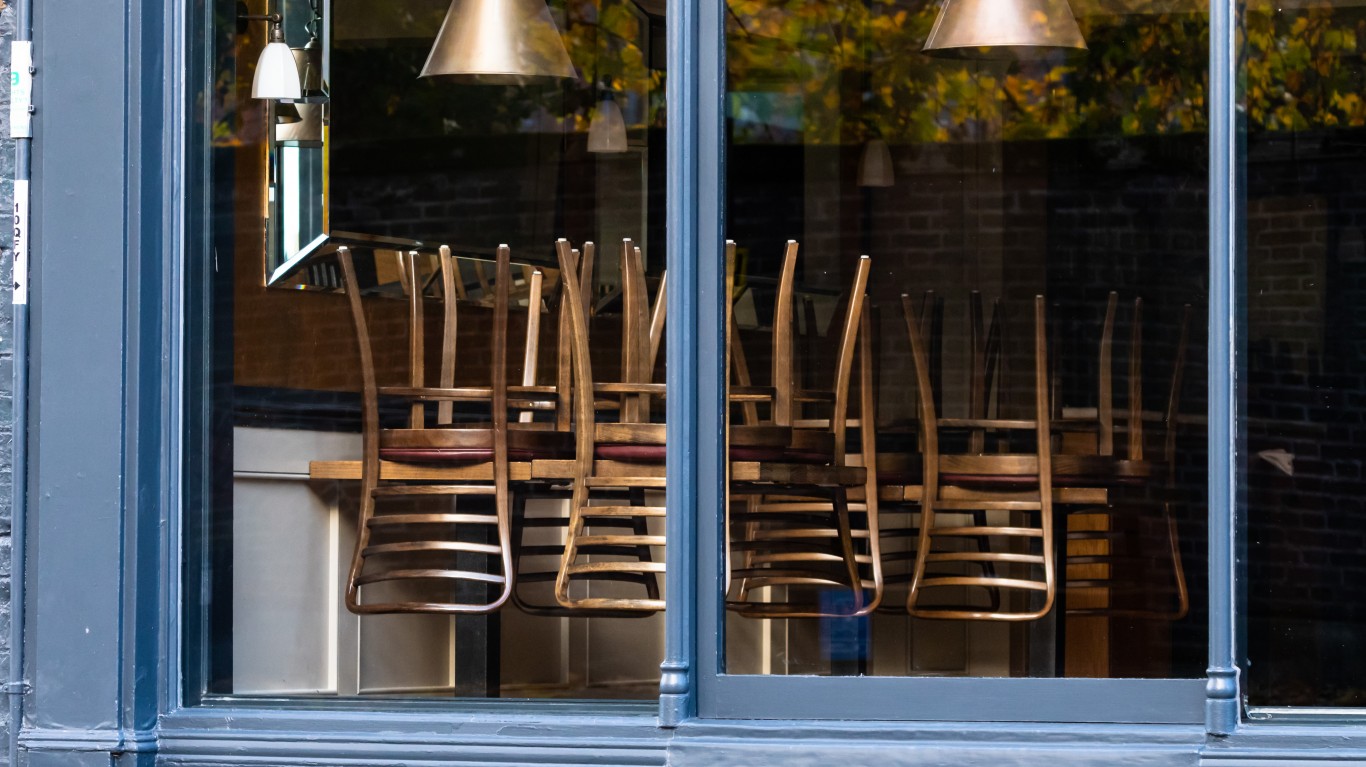
Some restaurants might do away with inside dining altogether
In parts of the country with mild climates some restaurants — especially smaller ones — might decide that outdoor dining is all they need to offer. That way, they can repurpose their interior space to help facilitate the expansion of take-out and delivery systems.
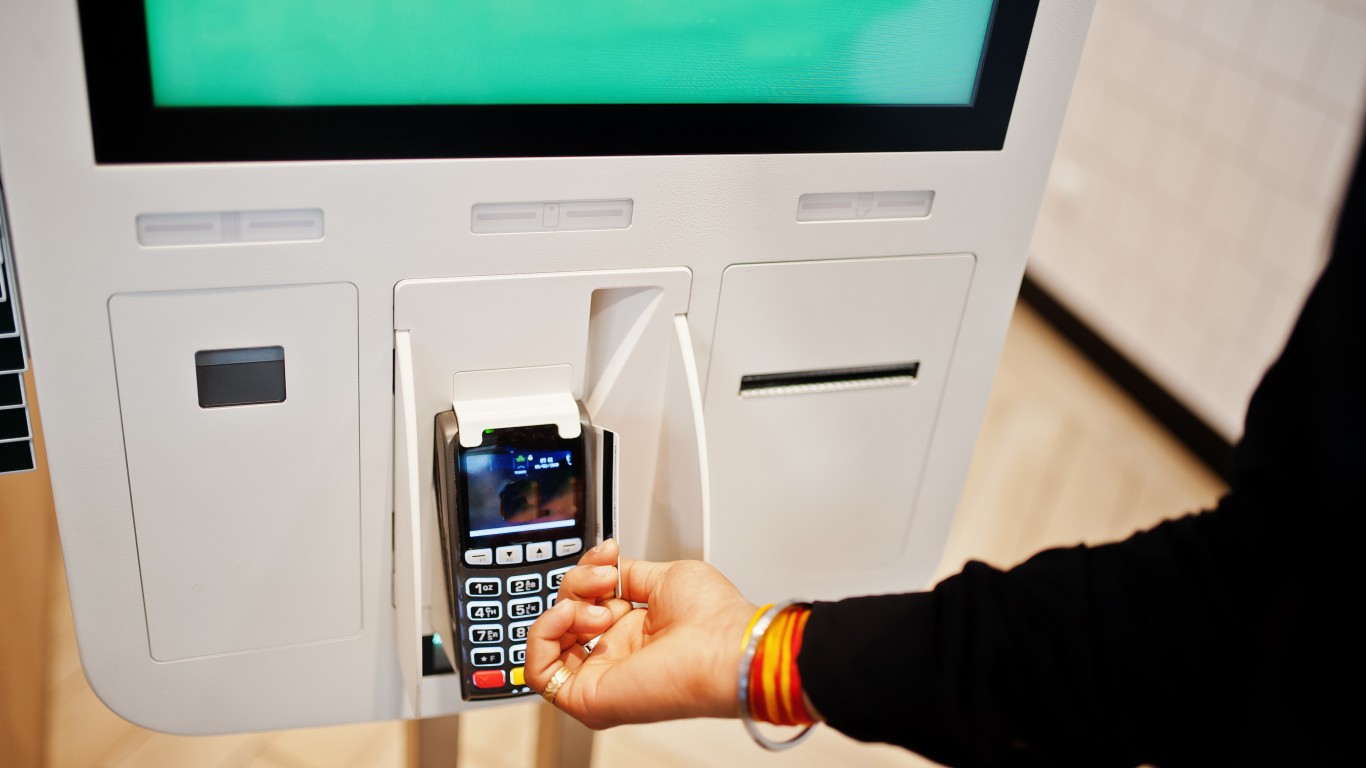
Fast-food restaurants will develop automated order-taking
McDonald’s is testing voice-activated drive-thru ordering at ten locations in the Chicago area and Domino’s already employs it at some 40 outlets. So far, the systems work with about 85% efficiency. Humans are being trained to work alongside the technology, and as the accuracy of the program improves, it will doubtless be expanded to other units of the hamburger chain, and be copied by its competitors.

“Ghost kitchen” operations will maximize restaurant kitchen use
So-called ghost kitchens, offering take-out and delivery menus without an actual restaurant behind them, are proliferating rapidly. Industry experts predict that restaurant kitchens will be built — or redesigned — to allow the “ghosts” to function simultaneously with conventional restaurant operations, increasing the revenue per square foot.
[in-text-ad-2]
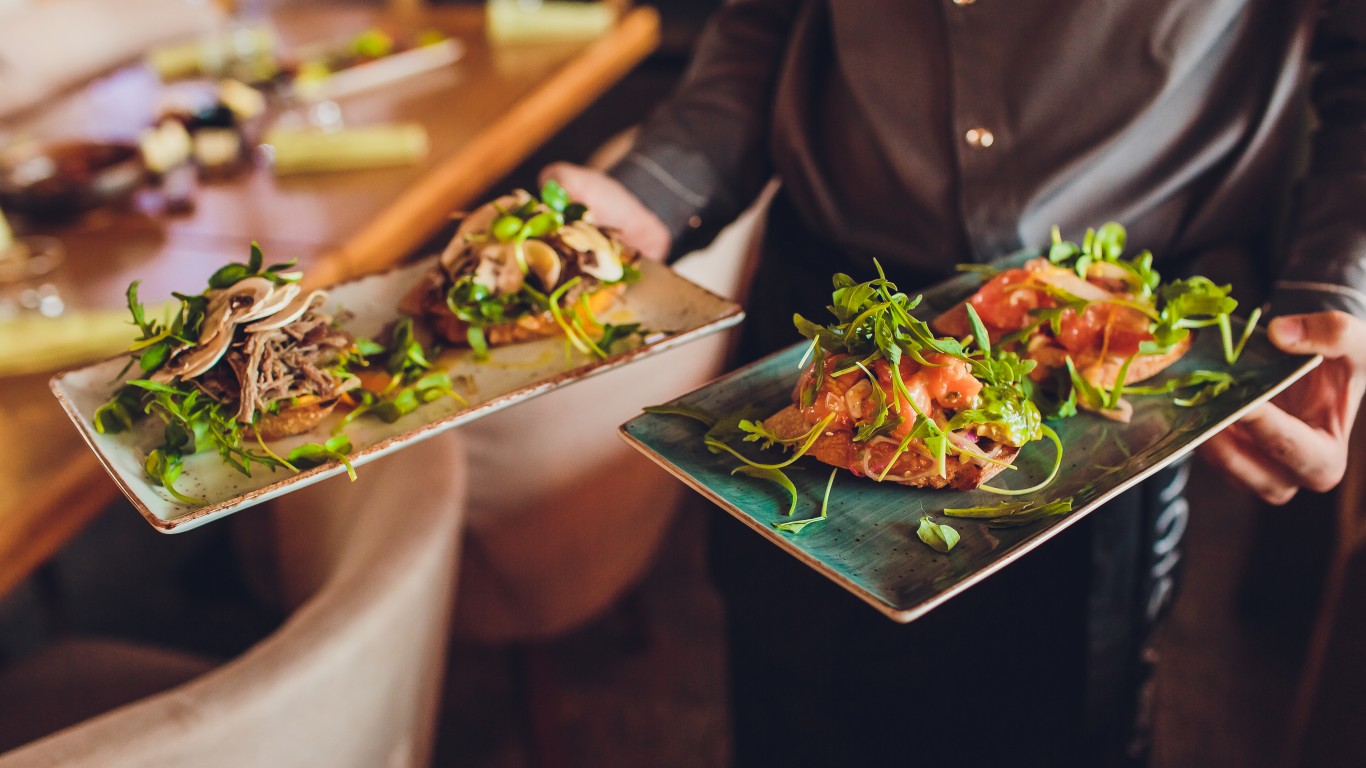
Restaurants will be understaffed, causing longer wait times for food
Across the country, restaurants on every level, from fine dining to fast food, complain that they are finding it difficult to hire staff. Both dining rooms and kitchens are affected, meaning that there’ll be fewer cooks to prepare food in a timely manner and fewer servers to get it to the table and deal with any questions or problems that might arise.
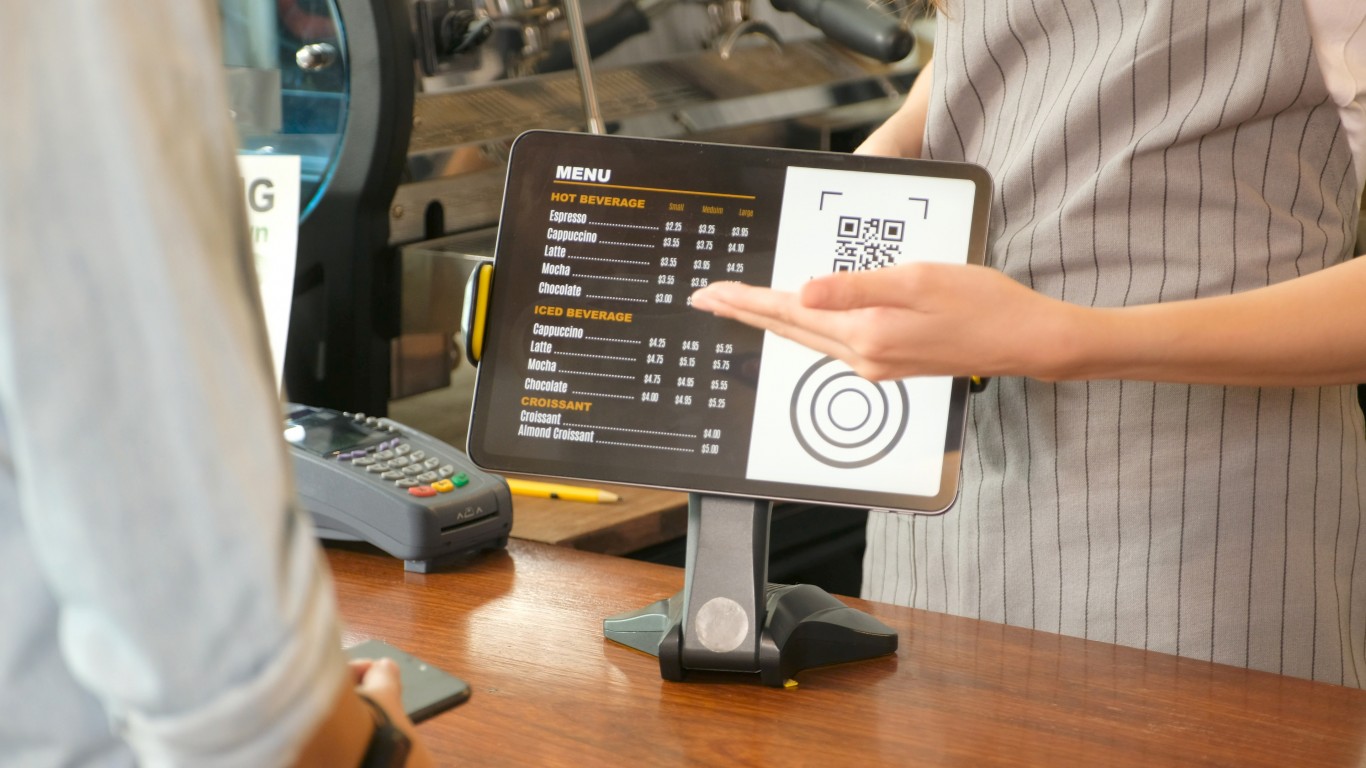
Menus will be shorter and simpler, reflecting lack of kitchen staff
One way for chefs to deal with a shortage of kitchen staff is to reduce the size of their menus and simplify dishes where possible. Many restaurants have already gone in this direction to facilitate take-out and delivery orders, so the transition shouldn’t be too difficult.
[in-text-ad]
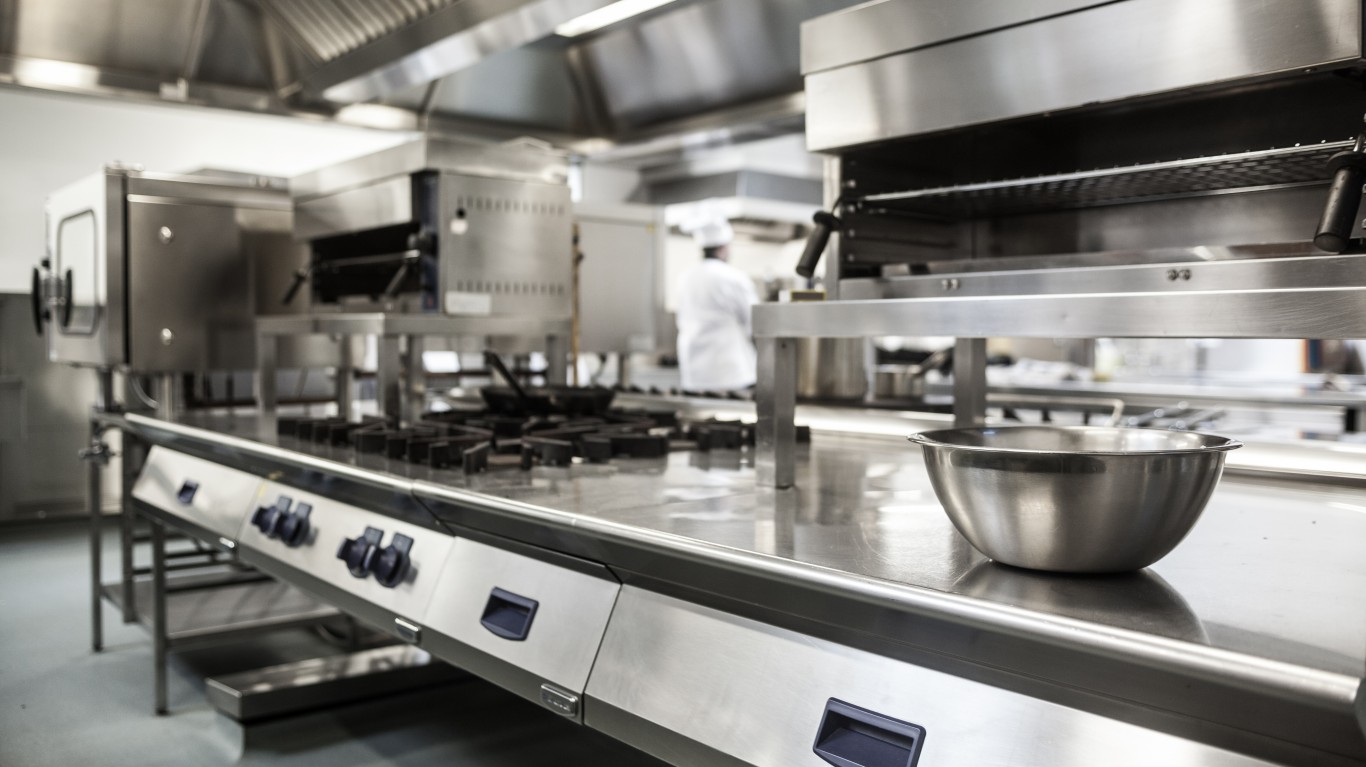
There’ll be fewer cooks for dine-in service, more for to-go/delivery
As delivery and take-out orders proliferate, restaurants will need more cooks to prepare outbound food. If they’re having trouble finding staff to begin with, they’ll need to redirect at least some workers away from in-restaurant food preparation, which might mean even slower and less ambitious kitchens.

There’ll be less attitude, less small talk
Famed New York City restaurateur Danny Meyer, whose 20 or so eating places are famed for the quality of their service, believes that one effect of the crisis will be that restaurants won’t take customers for granted the way they might have previously. As he puts it, they’ll “love you more than they ever did.” That, he thinks, will mean a decline in snooty attitudes at the front door as well as less small talk at the table.
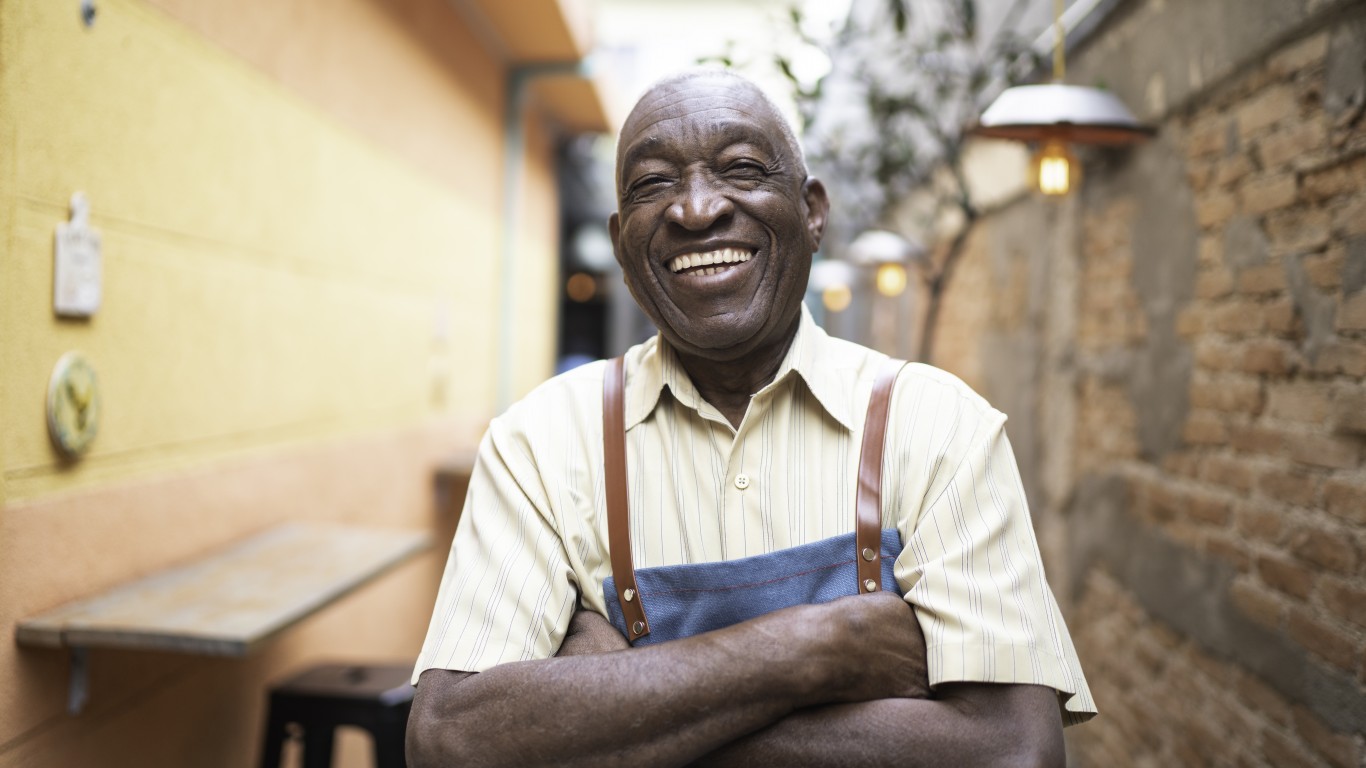
Restaurant jobs will be filled increasingly by senior citizens
The restaurant industry already employs more female and minority managers than other businesses. Analysts expect this situation to continue, but add that as the general population ages — and restaurants simultaneously find it increasingly difficult to fill open positions — more older Americans will seek employment in the field, especially in the dining room
[in-text-ad-2]
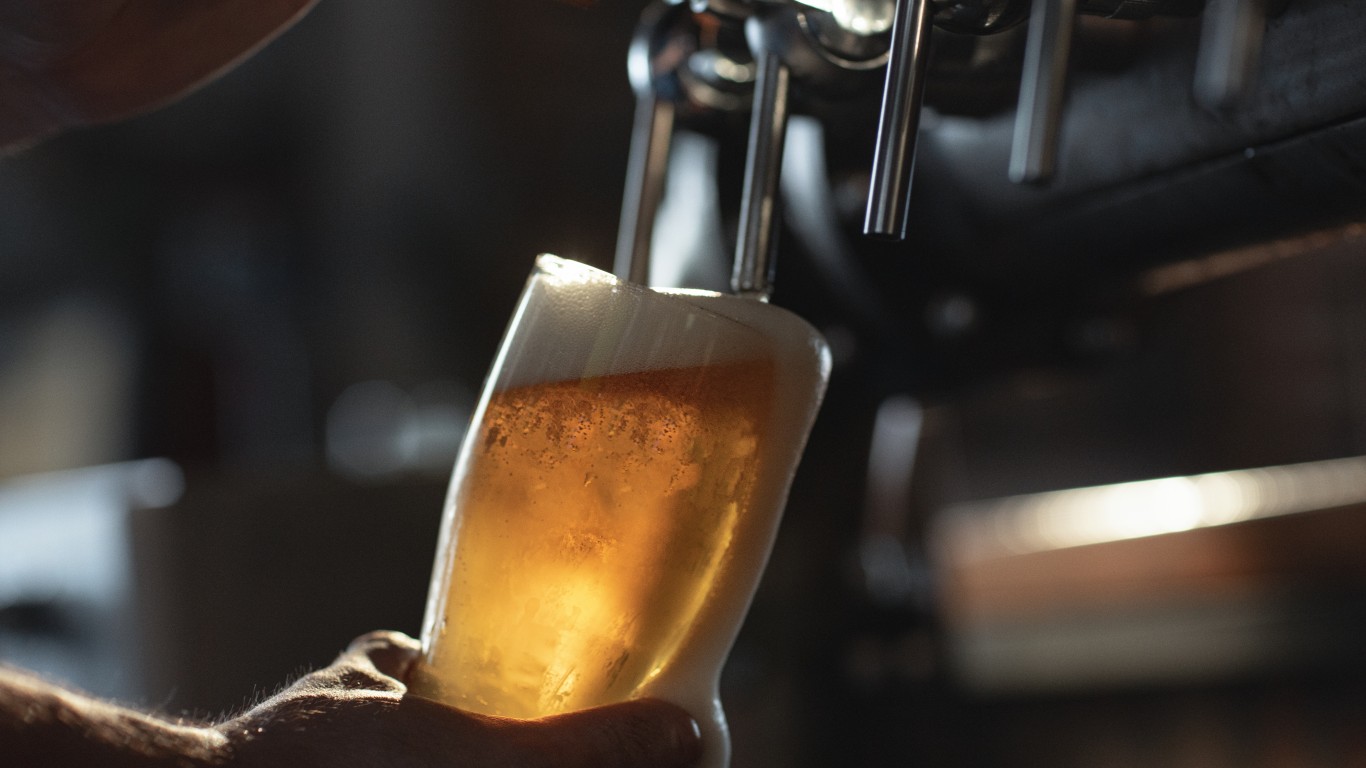
Self-service wine and beer options will be offered
During the worst of the pandemic, the practice lessened contact between staff and patron, but letting customers pour their own wine and beer has other advantages: It takes pressure off bartenders and sommeliers while allowing the dining or drinking public to sample a wide range of choices in small quantities. The Ruby Tap in the Milwaukee area, for instance, offers 32 wines available in 1.5- 3- and 6-ounce portions at varying prices. Beer lovers, meanwhile, at places like First Draft in Denver, can serve themselves portions of 25 or 30 brews on tap (4.9 ounces is the average pour).
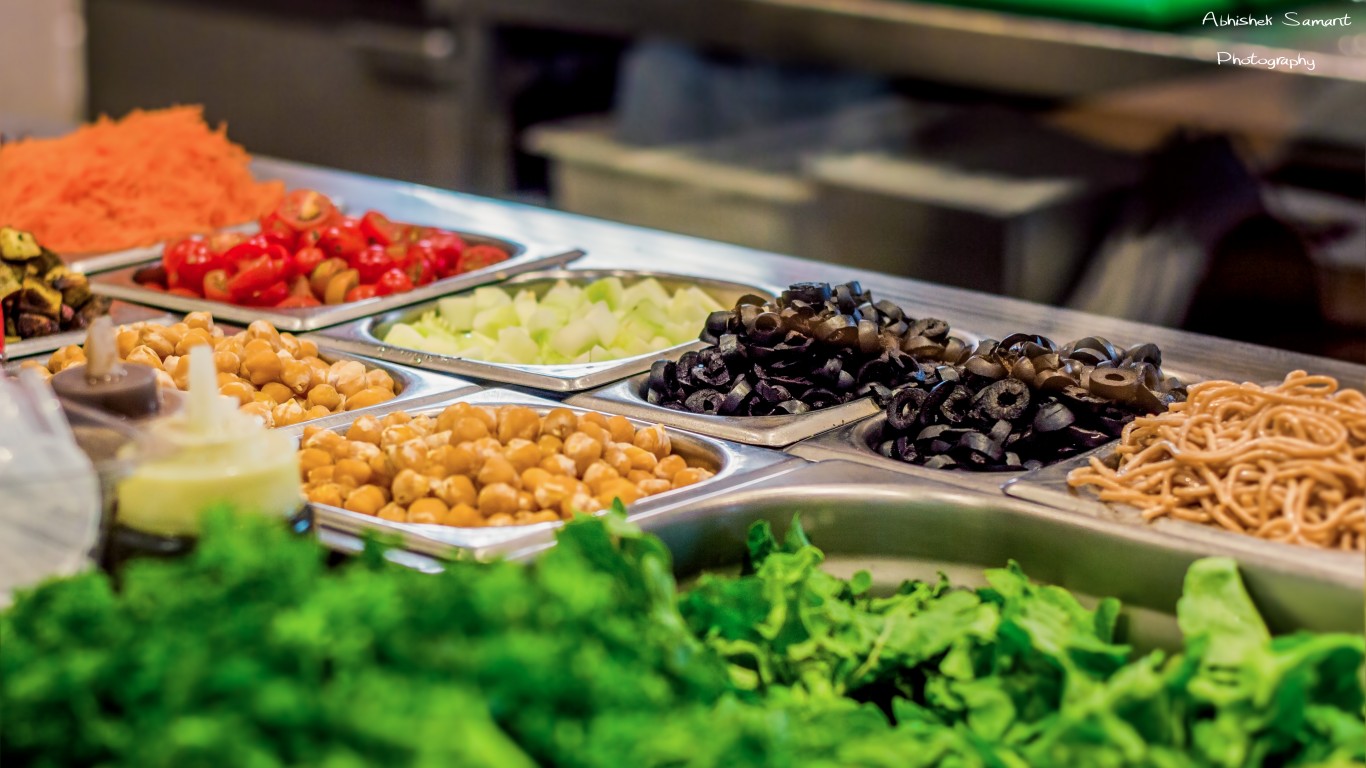
Salad bars and buffets might be a thing of the past
Even as the threat of COVID-19 fades in many places and public health officials downplay the possibility of contact transmission, it seems likely that lingering customer concerns about possible contamination will discourage the return of salad bars, buffets, do-it-yourself Bloody Mary stations, and other set-ups that put people in direct contact with food. (Self-service wine and beer stations are a different case, since what’s being served goes straight from sealed containers into the patron’s glass.)
[in-text-ad]

Hand sanitizers and hand-washing facilities are here to stay
Whether or not contact transmission of COVID-19 remains a worry for some, countless studies have shown that frequent hand-washing (and hand-sanitizing) helps cut down on infections of many kinds — colds and flu among them. Now that hand sanitizers are ubiquitous and we’ve gotten into the habit of washing up thoroughly at least a few times a day, our new concern with hygiene figures to continue.

Frequent-diner programs will expand and become more sophisticated
Customer databases and loyalty programs are already common across much of the restaurant industry, but improvements in technology and data analysis will improve operators’ ability to (as Nation’s Restaurant News puts it) “predict and capitalize on consumer demand and optimize supply economics.”

AI will help restaurants respond to consumer tastes
Beyond voice ordering, AI is being introduced in some restaurants to help develop food prep and delivery management systems, recommend menu items to customers based on their previous orders, identify potentially harmful components in food (like E. coli or salmonella bacteria), and even to program and manage robots tasked with cooking chores like stirring, flipping, and plating food.
[in-text-ad-2]
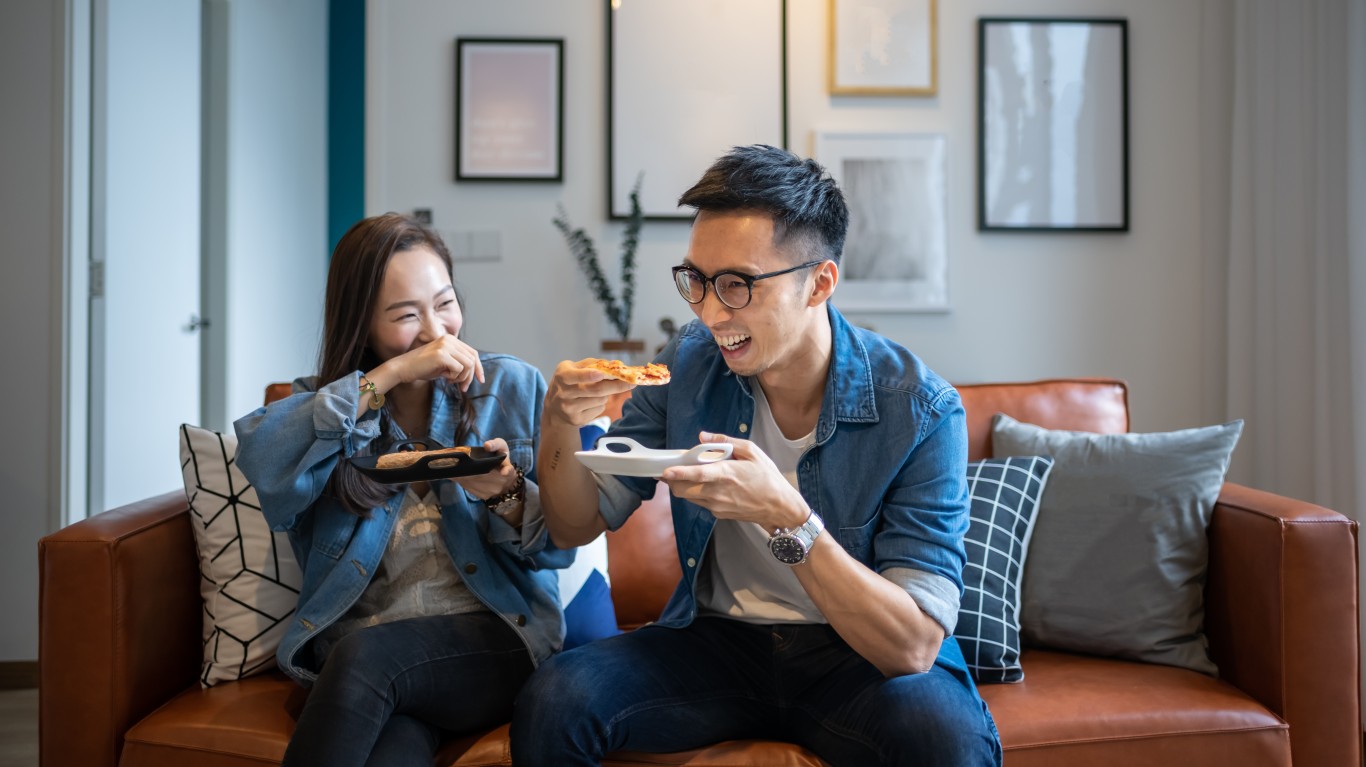
There’ll be fewer restaurants, but diners might not care
When questioned about what they have missed most during the pandemic, many respondents cite going out to restaurants with friends. At the same time, there is evidence that people have become much more comfortable with cooking at home, and in some cases may enjoy it more than going out. The trade publication QSR noted last year that “”the daily quarantine routine of cooking at home is going to be ingrained in a lot of households.”
Want to Retire Early? Start Here (Sponsor)
Want retirement to come a few years earlier than you’d planned? Or are you ready to retire now, but want an extra set of eyes on your finances?
Now you can speak with up to 3 financial experts in your area for FREE. By simply clicking here you can begin to match with financial professionals who can help you build your plan to retire early. And the best part? The first conversation with them is free.
Click here to match with up to 3 financial pros who would be excited to help you make financial decisions.
Have questions about retirement or personal finance? Email us at [email protected]!
By emailing your questions to 24/7 Wall St., you agree to have them published anonymously on a673b.bigscoots-temp.com.
By submitting your story, you understand and agree that we may use your story, or versions of it, in all media and platforms, including via third parties.
Thank you for reading! Have some feedback for us?
Contact the 24/7 Wall St. editorial team.
 24/7 Wall St.
24/7 Wall St.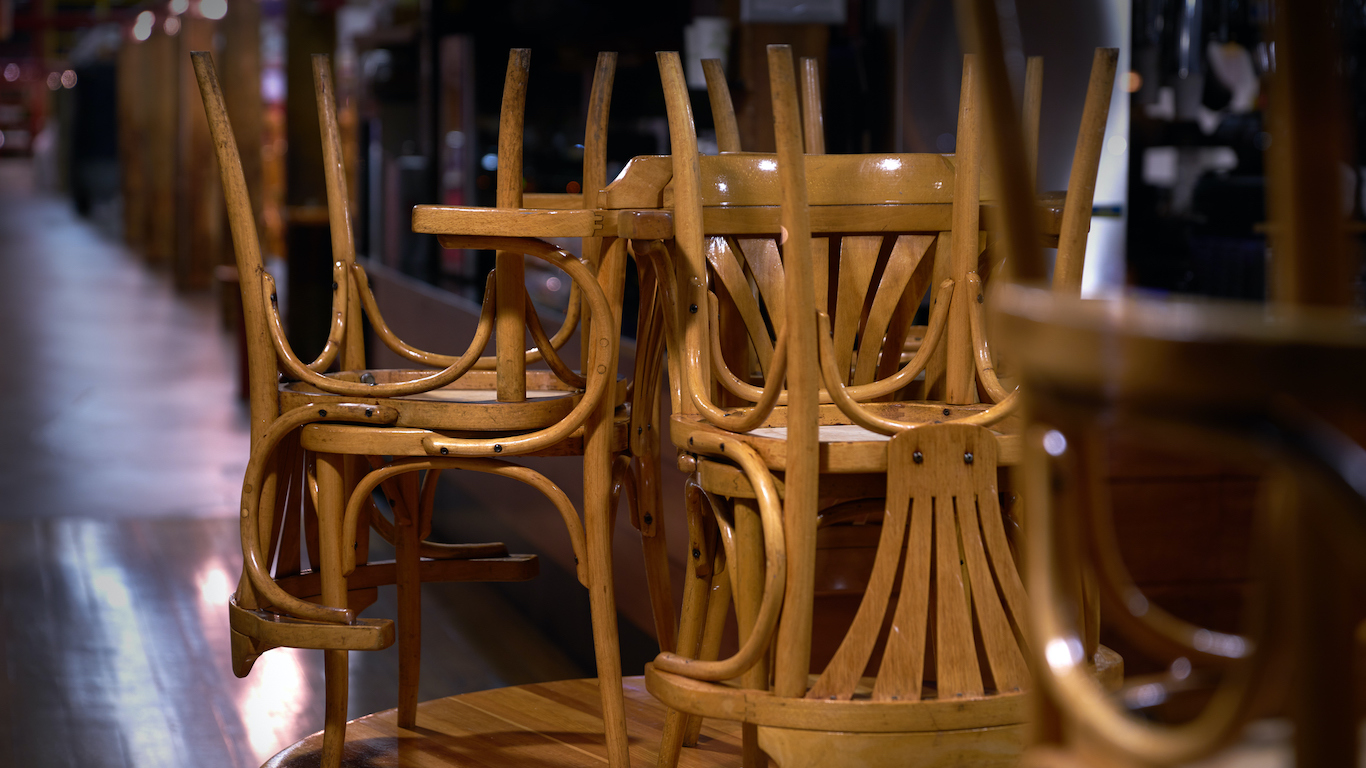 24/7 Wall St.
24/7 Wall St. 24/7 Wall St.
24/7 Wall St.

